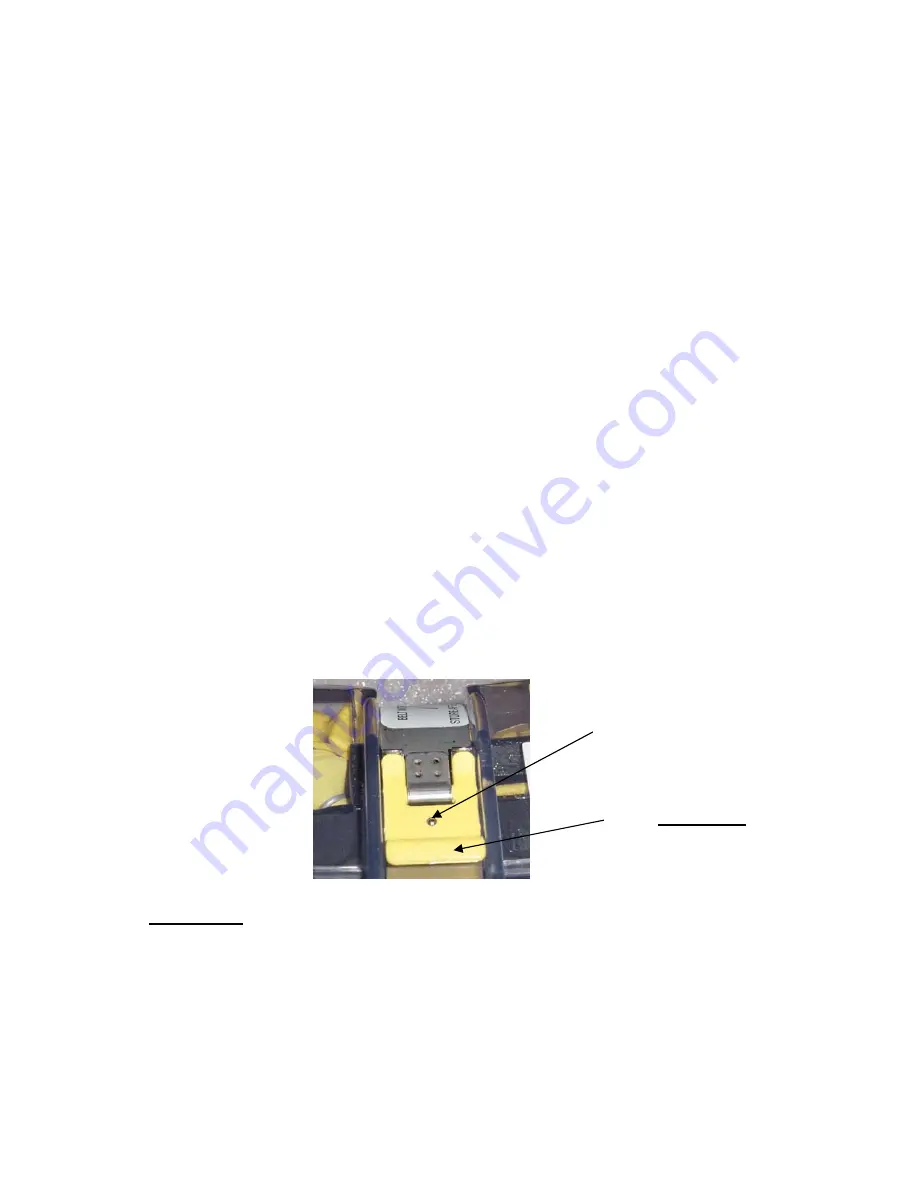
SECTION 7
DURATION
Five factors affect the duration of the M-20.2 EEBD:
1. The amount of work required to escape affects the duration. Low ceilings, steep inclines or ladders, and
irregular floors increase the work required to escape. Less work results in greater duration.
2. The physical condition or "fitness" of the user affects the duration. A high heart rate, age and high
percent of body fat decrease the fitness of the subject. The more fit the user, the greater the duration.
3. Regardless of the "fitness" of the user, the amount of oxygen required is proportional to the user’s
weight. The less the user weighs, the greater the duration.
4. The user's breathing rate affects the duration. The rate can be increased by excitement and fear. The
lower the breathing rate, the greater the duration.
5.
The degree of training and familiarity can affect the duration. The more training and experience the
subject has with the M-20.2 EEBD, the more his breathing will be calm and controlled. If a subject is
familiar with a particular escape-way it may improve the mechanics of his escape. The greater the
training and familiarity, the greater the duration.
SECTION 8
HOW TO INSPECT THE M-20.2 EEBD
The inspections for the M-20.2 EEBD are visual. DO NOT lift the yellow latch or open the clear case to
inspect the M-20.2 EEBD.
The inspections described below shall be performed on each M-20.2 EEBD upon deployment.
Subsequently, if the M-20.2 EEBD is belt worn, the inspection shall be performed at the beginning of
each work shift that the device is worn. If stored, the following visual inspections should be conducted
every year:
1. Presence of Tamper Indicating Ball on the latch lever.
.
Yellow Latch Lever
ONLY lift for
ency escape
emerg
use
Tamper Indicating Ball
WARNING:
DO NOT use unit if Tamper Indicating Ball is missing or Latch has been
opened. Remove unit immediately from service if the unit has been tampered with or if
Tamper Indicating Ball is missing. Lifting Yellow Latch Lever voids the warranty.
2. Read the Pressure Gauge: The tip of the needle on the gauge is normally in the green zone. If the
needle is in the red or on the white zero pressure mark, remove the M-20.2 EEBD from service
immediately. If the view of the gauge is obstructed, the M-20.2 EEBD must be removed from
service. If the surrounding air temperature is above 120°F (49°C) and the needle is above the
green zone, the unit can remain in service. The needle should return to the green zone when unit is
removed from the high temperature.
Page 10 of 16


































